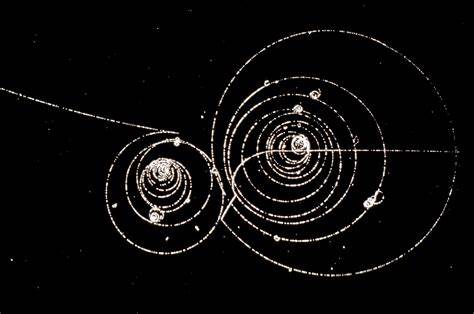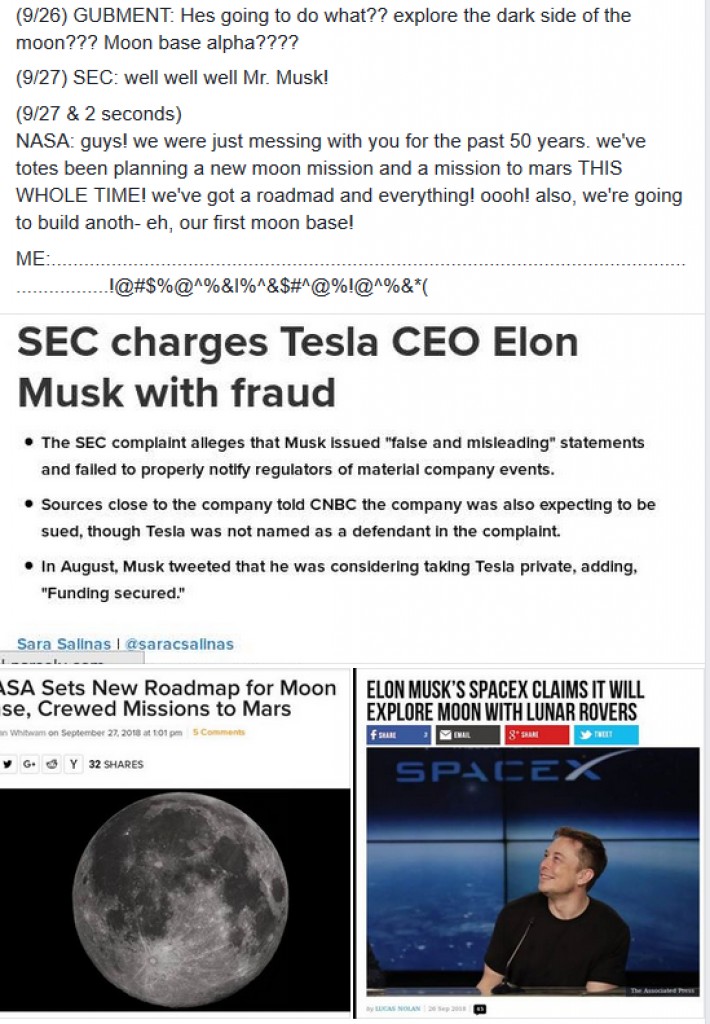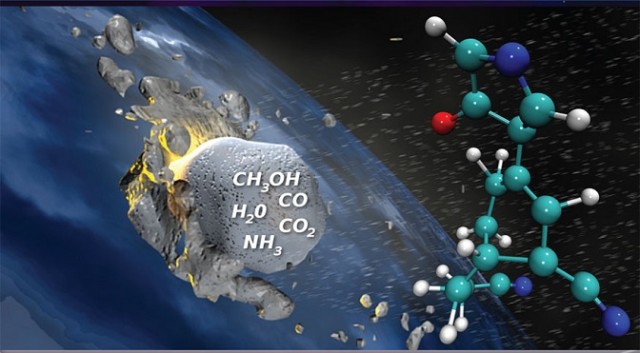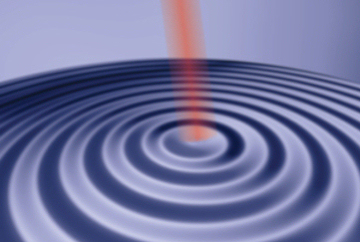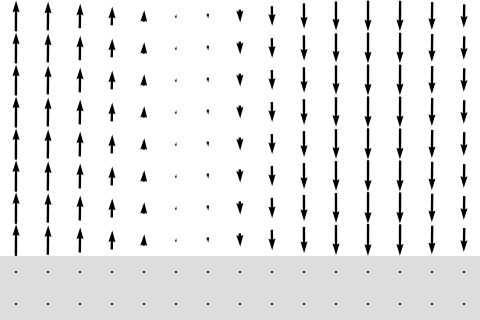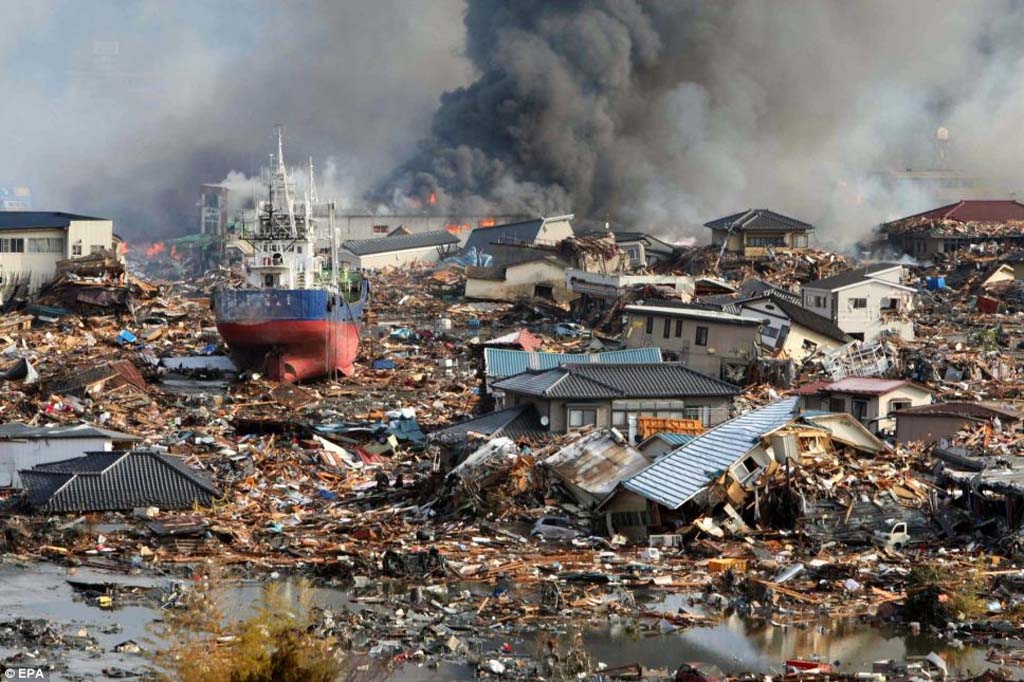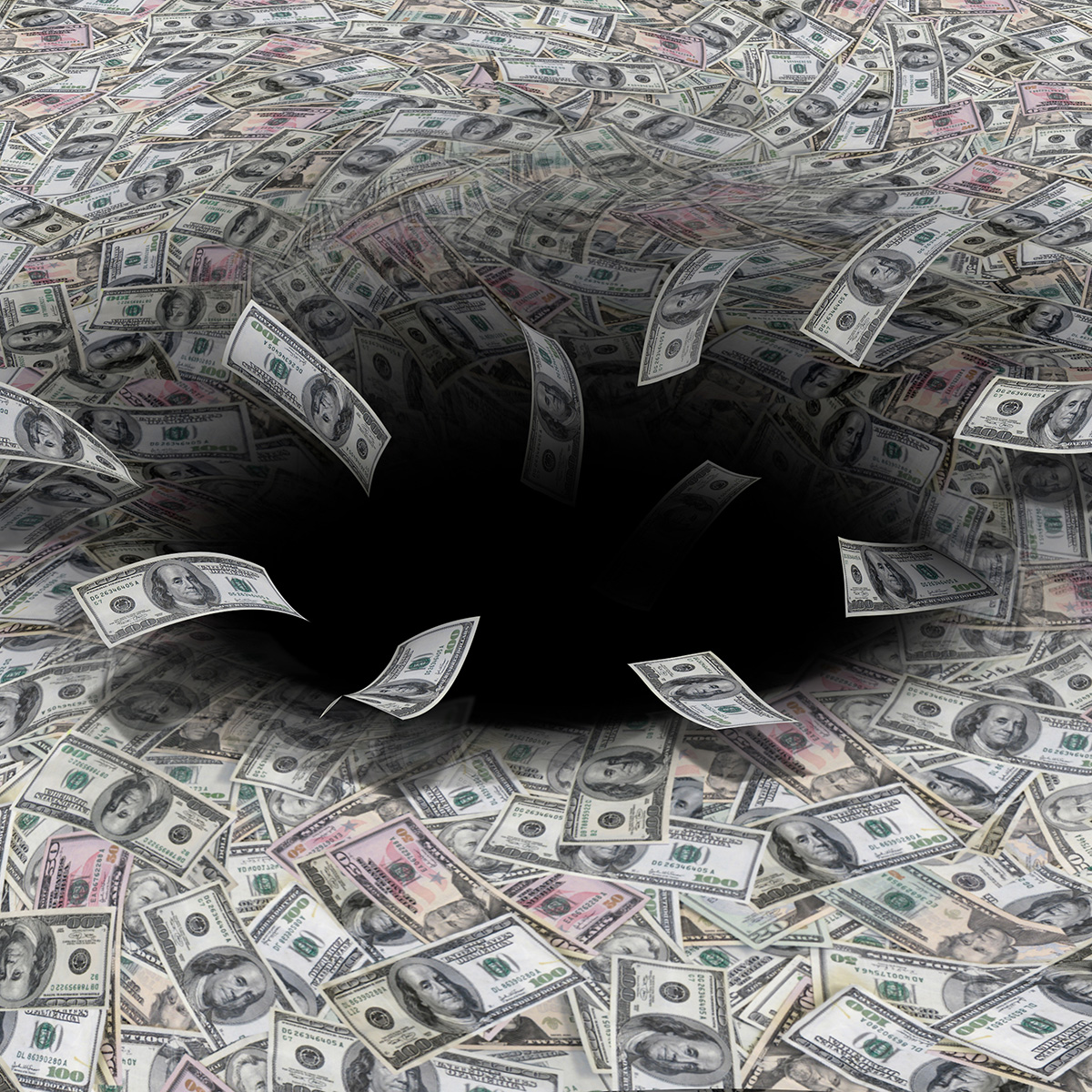
This paper analyzes the ecological and economic impacts of alternative energy sources versus nuclear energy and makes a recommendation about which would be best to implement worldwide, as well as a proposed goal worldwide.
This paper analyzes the ecological and economic impacts of alternative energy sources versus nuclear energy and makes a recommendation about which would be best to implement worldwide, as well as a proposed goal worldwide. Society’s energy needs are growing faster than is the ability to produce energy to meet those needs. The costs of energy production are steadily on the rise. Though the efficiency of Nuclear energy makes it a desirable source, at the present time is prone contaminating both the soil and atmosphere with radioactive contamination. This report is compiled using two criteria; ecology, government funds, and economics to compare the following alternative energy sources to nuclear power: photovoltaics, wind turbines. this report does no examine: energy sources excluding solar, wind and nuclear.
The advent of electricity has led to a worldwide dependence on energy production. The sources of energy are of increasing importance to the well-being of our future generations. since the late 1800’s, JP Morgan founded the Edison electric company, the methods of generating electricity have greatly evolved to meet the needs of larger, denser populations. The potential of nuclear energy was realized in 1932 when the atom was first split. By 1954 the first nuclear power plant was built to provide commercial energy was built in Obninsk, Russia. Since that time, there have been about 33 accidents at nuclear power stations. Chernobyl, Fukushima, and 3-mile island are most notable for having caused irreversible consequences on the environments such as large scale radioactive contamination.
It is surmised that had Nikola Tesla, a key person in the advent of the Edison electric company and Westinghouse, not held the noble philosophy that his discoveries were to be appropriated to all of mankind, the world may not have ever needed nuclear energy, we may have avoided at the very least a vast percentage the past centuries carbon emissions. it is stated “in a remarkable leap of imagination, Tesla was invited to design a method for transforming the energy produced by the plummeting water at Niagara Falls into a source of electricity. In 1893, people in Buffalo, New York received power from Tesla's Niagara Falls plant. The AC system of delivering electricity, which rose to prominence because of Tesla's motor, is still in use today.” (1) He was offered a sum of money per watt sold from his generators, he politely declined the profit. During his time, Teslas technologies were patented by industries, his lab suspiciously burning down resulting in the loss of most of his work till that time, as well as the propagandized “death ray” was eventually reverse engineered by government hands. This same government entity to this day has ahold of Teslas documents, as of recently the freedom of information act allowed for the public to view them after all this time, unfortunately the bulk of his work to this day being almost entirely redacted. This is crucial in trying to understand how our societies have advanced so far and spent so many trillions of dollars on infrastructure without a substantial implementation of renewable energy sources to combat our fossil fuel consumption.
It is estimated that the future price of combatting energy is going to increase exponentially. A report from the United Nations on May 2016 states “The cost of adapting to climate change in developing countries could rise to between $280 and $500 billion per year by 2050, a figure that is four to five times greater than previous estimates” (2). A critical question must be asked, should necessity of energy coupled with its rising cost allow us to take risks in which we have no recourse for mending our mistakes? We should be aware that our energy needs have surpassed any truly safe alternatives. One might say we need to limit our energy consumption to a point in which we can use safe energy sources to fulfill the needs. If we demand more than can be safely produced, then we should take measures to limit our demand. The following graph, courtesy of worldnuclear.org (3), represents the annual global energy consumption
Radioactivity in sufficient amounts can cause harm to any creature on the earth. “As radioactive material decays, or breaks down, the energy released into the environment has two ways of harming a body that is exposed to it. … It can directly kill cells, or it can cause mutations to DNA. If those mutations are not repaired, the cell may turn cancerous.” (3). Any limitation on this environmental hazard will benefit all forms of life on Earth. When evaluating the safety of implementation of future energy sources, one should imagine a multitude of scenarios in which each source is the worldwide standard
.from 2012 indicate that the total consumption of energy from the top 37 countries is 18,994 Terawatt Hours Annually (TWh/a). The entire energy consumption of the world is 20,900 TWh/a. (4) Further analysis reveals that those top countries in 2016 comprise a total population of 3,867,404,000, Which is 54.27% of the global population. when one thinks about the possibility of increased energy consumption for the other 45.63 % of the world, it is paramount that clean energy is within the range of possibility. Nuclear energy seems to be the most advocated because its output vs input when comparing it to most other means of production. However, its safety is determined by the infallibility of the crews working at the power plants. The Indian point nuclear power plant (IPNR) in New York has the ability to generate more than 17.52 TWh/a which is enough to offer power to about 25% of New York. This is one power plant providing .000838% of the world’s energy needs each year. What are the ramifications of this production?
The IPNR has been leaking radioactive material into the wells around Buchanan, New York. An article from CBS news, dated February 23, 2016, stated, “Earlier this month, Entergy Corporation, which owns Indian Point, reported increased levels of tritium-contaminated water at three monitoring wells, with one well's radioactivity increasing by as much as 65,000 percent.” (5) After the leak, Indian point reactor 2 was shut down in mid-June 2016 in which a buildup of bird feces was said to be the cause. Seemingly avoiding admittance of their bad practices. Theoretically you would need 119,293 IPNR’s all around the world to meet global demand using only nuclear energy. Such a concentration of facilities would bring upon a critical level of ambient radiation in the atmosphere will rise to increasingly dangerous levels.
The event that caused largest radioactive contamination of our oceans was from Fukushima in 2011. The Fukushima disaster was brought upon by a series of earthquakes and aftershocks, the largest of which was recorded at a magnitude of 7.9, destroying 3 of its 6 reactors. Within 10 of the disaster, radioactive contamination had crossed the pacific making it to the North American coasts. As of 2016 the reactors are uncontained and eating further into the ground. This was said to be the fault of lax safety regulations. Though happening on the island of japan, the prospect of earthquakes creating such a disaster is not unique to their location. The United States has 12 power plants along the New Madrid Fault line, which is privy to being disrupted by the Yellowstone volcano.
Though not by Yellowstone’s accord,” During 1811–1812, the New Madrid Seismic Zone experienced a sequence of three large intraplate earthquakes and at least one comparably sized aftershock. There have been no earthquakes of similar magnitudes since then.” (6)
Nuclear energy is generally regarded as safe because of its percentage of recorded failures is relatively low, though when it fails it causes damage that takes centuries to mend. Wind and solar energy are among the safest and most viable alternatives. The following graph, from the institute for energy research (7), depicts the US energy consumption from 1950-2010: :
One source of energy not specifically mentioned on this graphic is solar energy. Solar energy uses photovoltaics to generate energy from the sun. A typical "150 watt" photovoltaics module is precisely one square meter in size. “Such a module may be expected to produce 0.75 kilowatt-hour (KWh) every day, on average, after considering the weather and the latitude, for an insolation of five sun hours/day” (8). To supply the earths demand would take 76,556,776,556 solar panels. This would encompass a total of 2746.096 sq. Mi., which is 1/10 the size of Texas. At a price of 100 dollars for a single panel, the total cost of the panels required would amount to 7.66 Trillion dollars. Which comes to 200.069 billion dollars per each of the 37 top consuming countries.
A 2008 submission from David Schlissel and Bruce Biewald, stated, “Companies that are planning new nuclear units are currently indicating that the total costs (including escalation and financing costs) will be in the range of $5,500/kW to $8,100/kW or between six and nine billion dollars for each 1,100 MW plant.” (9) 1,100 Megawatts is equivalent to 9.636 TWh/a. We can take that number and divide it against the projected growth in demand from the year 2016 to 2030, which is around 9000 TWh/a. That requires 934 of the previously mentioned 1,100 MW plants, which would total an average of seven trillion dollars to implement. If that same money were to be put toward solar energy sources, you would generate 19100 TWh/a; which would safely produce 212 times the energy generated in comparison to nuclear energy. If we were to aim at covering only the projected growth, 9000 TWh/a, it would cost $3,298,429,319,000 leaving $3,701,570,681,000 for implementation, maintenance, and/or a larger investment.
Previously, Nuclear energy was to be one of the most viable energy sources due to cost. With the progression of energy sources, the alternatives seem to have increasingly dropped in price to a point where it is more feasible to implement than nuclear energy. the cost of solar panels presents a 212% increase in production when compared to the cost of nuclear energy.
As solar seems to be the most viable alternative energy source, the next most prominent is wind energy. “Wind is a form of solar energy. Winds are caused by the uneven heating of the atmosphere by the sun, the irregularities of the earth's surface, and rotation of the earth. Wind flow patterns are modified by the earth's terrain, bodies of water, and vegetative cover. This wind flow, or motion energy, when "harvested" by modern wind turbines, can be used to generate electricity.” (10) Wind energy has taken new forms over the past few decades. As advancements are made, wind energy gets cheaper over time. “most turbines follow the Danish concept: horizontal axis, a three-bladed rotor operating upwind of the tower, variable speed and pitch control for limiting power generation.”(11) The size and power ratings of the turbines have increased steadily and impressively since the 1980s from roughly 50 kW turbines to today’s 3 MW turbines. Much larger turbines, up to 8 MW, are now under development specifically for the offshore market.
In the recent years, The Department of Energy found “in 2012, the capacity-weighted average installed cost stood at nearly $1,940/kW, down almost $200/kW from the reported average cost in 2011 and down almost $300/kW from the reported average cost in both 2009 and 2010.” (12) Even with this downward trend in cost, the startup costs remain a barrier to entry for most investors as 80% of their total cost to implement is in the machinery itself. Though in terms of longevity, these figures look less alarming. Even taking the cost per MW of wind energy production, the figures are around 1/3 the cost of implementing nuclear energy. at this point, why is nuclear still a viable resource? This could be due to limitation of materials incorporated with building wind farms, corporate corruption, or any litany of reasons.There have been suggestions on a global level to combat the energy problem, the most recent and largest of which is The Paris Deal. The Paris Deal was an agreement set out by the UN and its Partner nations in which one of the provisions is to appropriate funds for energy development of our worlds underdeveloped nations. This seems to be an essential platform for the future of our cultural development worldwide. As mentioned previously, the average consumption for the top nations, which comprised 54.27% of the world’s population in 2016, consume over 90% of the worlds entire energy consumption. These top nations combine with other UN members totaling 200 nations currently signed into the agreement.
To preface before going any further, this efforts goal is to provide the impoverished nations with the capital to invest in the development of either new energy tech, and/or existing tech. This raises a question of motive; as was mentioned previously the total cost for all the solar panels needed to provide the entire worlds consumption of energy is roughly 7.66 Trillion dollars. Re-working the previously shown figures, of the 200 nations involved in the pact, each would need to contribute 38.3 Billion dollars to achieve the funding for the necessary solar panels. Of the most capable of the 200 nations, the wealthiest 38 countries that consume close to 90% of the world’s consumption could invest 200 billion each to total the 7.66 Trillion dollars cost of the solar panels.
Not only are the payments subject to various increases over the next 33 years, seeing as how yearly payments just from the US are estimated at a range of 46 billion to 176 billion per year until 2050, we could certainly acquire the necessary funds to provide clean energy to at least 46 or so percent of the population within just a couple of years. Though the agreement has no such common goal. I propose that simply giving underdeveloped nations large sums of money as is the intention of this deal will not only require these nations to adopt a central banking system in which they most likely have not adopted yet for their own reasons, but will also increase the chances of corruption and misappropriated funds with every extra nation this deal is meant to provide for.
This is all without mentioning that the U.S. government has misplaced enough money to have covered the entire proposal in the last decade. For example, in 2008 the federal reserve was questioned about a total of 2.5 trillion dollars unaccounted for in their books, to which the chairmen, Bernanke, repeatedly stated that he had no knowledge of this. It was later found that an estimated 6 trillion dollars has been misplaced by our pentagon over the course of this time. My conclusion is that these government entities have had no real intention of establishing renewable clean energy to provide to the world. When considering our dependence on oil, the rising rate of fracking, the planned obsolesce business model that has been implemented for over a century in our country and thru ought the world, it leads me to believe the powers that be have an intention of allowing our non-renewable resources to be sold until they no longer available and/or profitable, at which point our society’s will have no choice but to change our habits. All the while the common man will be the one to bear the burden of our dying ecosystem as those who have built their empires from such a thing will be well taken care of by way of their own money and influence. This presents a dark future in which we should avoid at all costs. We have already seen the trillions needed be spent repeatedly, we as human beings on this planet need a real goal, one that we can hold our collaborative governments accountable for, if they are unable to be held accountable, then a collaborative or system outside of our established governments control may be necessary.
In conclusion, nuclear energy is safe until it goes wrong, then we have recourse for our mistakes. the safest of the sources is solar energy. The most economically feasible source is solar energy. With that being the case, the solution to mankind’s energy crisis is simple, start building solar panels in mass.
Sources
2) Live science
http://www.livescience.com/13250-radiation-health-effects-japan-nuclear-reactor-cancer.html
4) World Nuclear
http://www.world-nuclear.org/information-library/current-and-future-generation/world-energy-needs-and-nuclear-power.aspx
5) CBS News
http://www.cbsnews.com/news/indian-point-nuclear-power-plant-called-a-disaster-waiting-to-happen/
6) Morgan T. Page*,
Susan E. Hough
Science 14 Feb 2014:
Vol. 343, Issue 6172, pp. 762-764
DOI: 10.1126/science.124821
7) Institute for energy research
http://instituteforenergyresearch.org/history-electricity/
9) Synapse- energy
http://www.synapse-energy.com/sites/default/files/SynapsePaper.2008-07.0.Nuclear-Plant-Construction-Costs.A0022_0.pdf
10) Wind energy development programs
http://windeis.anl.gov/guide/basics/
11) Institute of Energy and Environment, Department of Electronic and Electrical Engineering, University of Strathclyde, Glasgow, UK
Future Energy (Second Edition)
13) United states nuclear regulatory commission
http://www.nrc.gov/reading-rm/basic-ref/students.html
14) CBS News
http://www.cbsnews.com/news/indian-point-nuclear-power-plant-called-a-disaster-waiting-to-happen/
15) Popular mechanics
http://www.popularmechanics.com/science/energy/a19871/fukushima-five-years-later/
16) Office of energy efficiency & renewable energy
http://energy.gov/eere/sunshot/photovoltaics
17) Tech insider
http://www.techinsider.io/map-shows-solar-panels-to-power-the-earth-2015-9
18) IEEE Spectrum
http://spectrum.ieee.org/green-tech/solar/solar-energy-isnt-always-as-green-as-you-think
19) American Wind Energy Association
http://www.awea.org/Resources/Content.aspx?ItemNumber=900
20) The guardian https://www.theguardian.com/sustainable-business/2016/jul/31/california-wind-farm-energy-trident
21) Energy Quest http://www.energyquest.ca.gov/story/chapter16.html
22) Global Research http://www.globalresearch.ca/fukushima-a-nuclear-war-without-a-war-the-unspoken-crisis-of-worldwide-nuclear-radiation/28870
23) Institute for energy research http://instituteforenergyresearch.org/history-electricity/
24) Cambridge consultants http://www.engerati.com/sites/engerati/files/eventpres/EUW15_Day2_1400%202030%20Living%20-%20how%20will%20people%20use%20energy.pdf
25) NEI http://www.nei.org/Knowledge-Center/Nuclear-Statistics/World-Statistics
26) USCA.org http://www.ucsusa.org/nuclear-power/cost-nuclear-power
27) Wind energy development http://windeis.anl.gov/guide/basics/
28) Nikola Tesla. By: Lee, M., Nikola Tesla, 2006
The daily dialectics was devised in efforts of exposing devious tech derived from major companies. The highlights of which are Google and Facebook. Over the past decade they have worked together in lieu of the development of a wireless power network integrated into our most populated areas worldwide. Most notably 2017 - 2018 was the year of the final patent approvals. Facebooks Line of Sight system can receive the dense wave form emitted by the waveguide attached to Googles Goubau Launchers. Both are capable of ultra-low, microwave, up to THZ frequencies depending on ambient conditions and intention of dispersal.



In an age where truths are akin to fiction in the minds of the masses, fiction is a key component in societal control. Reprogram your programmer's programming; join the dialectic.
Contact us:
thedailydialectic@outlook.com
In an age where truths are akin to fiction in the minds of the masses, fiction is a key component in societal control. Reprogram your programmer's programming; join the dialectic.
Contact us:thedailydialectic@outlook.com


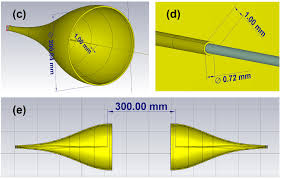




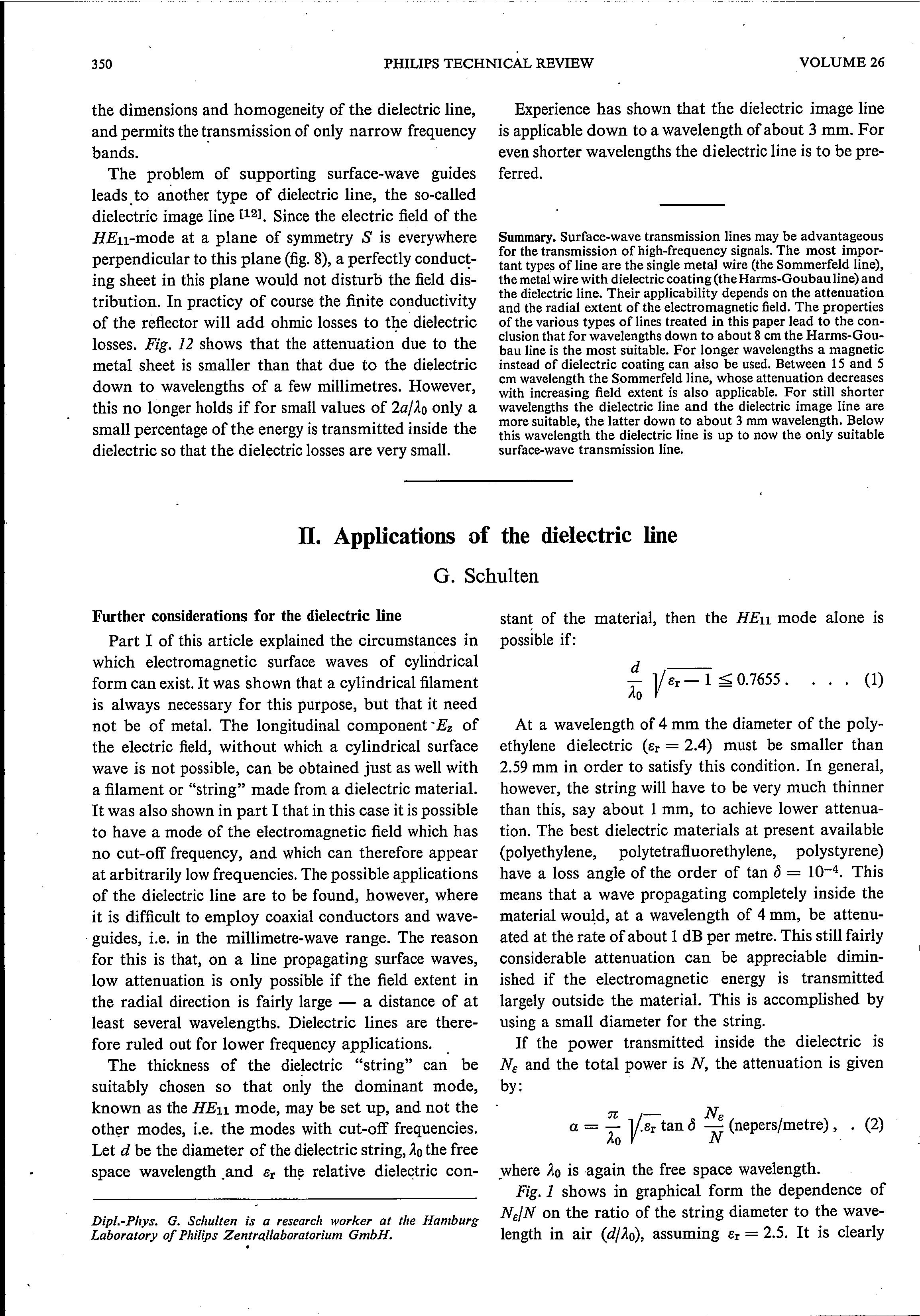

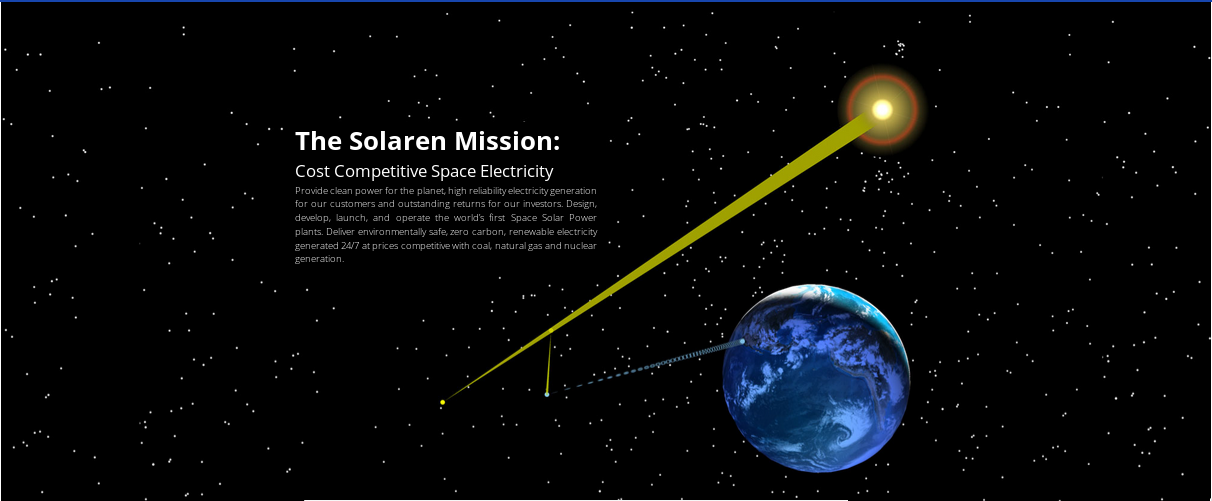
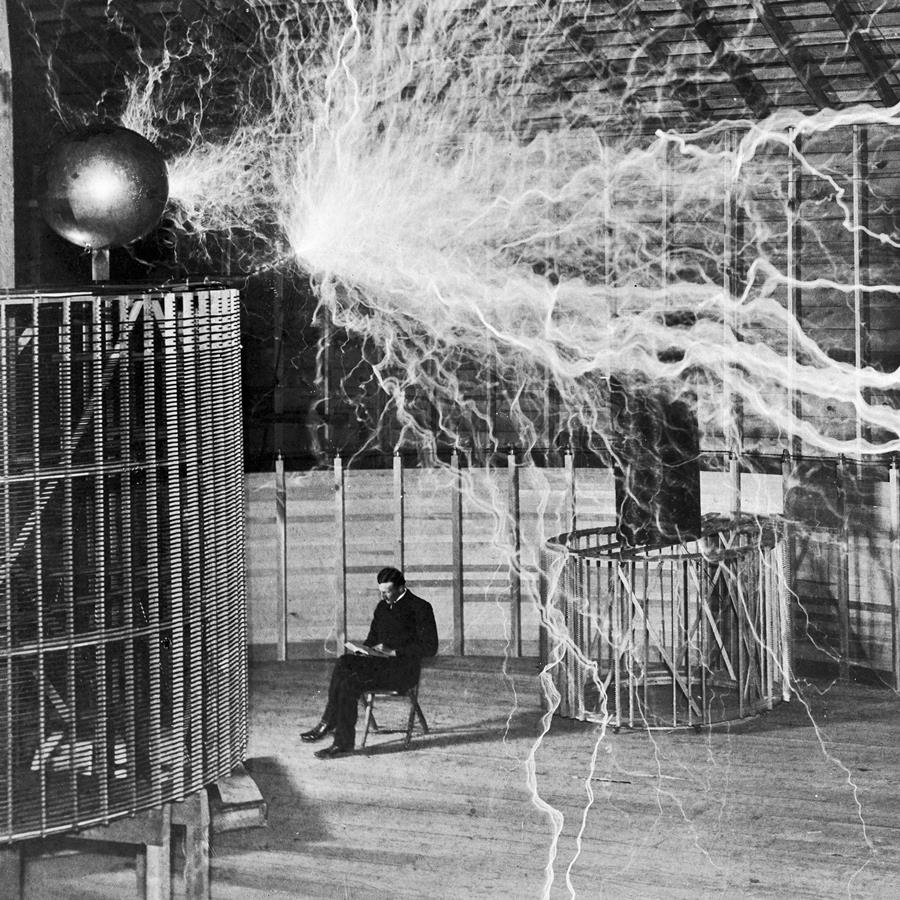
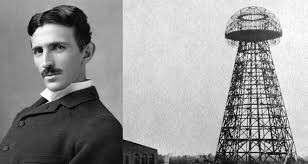

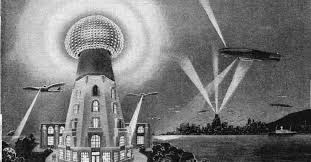

/HTML/20 Bedini_files/bigguy1.jpg)






